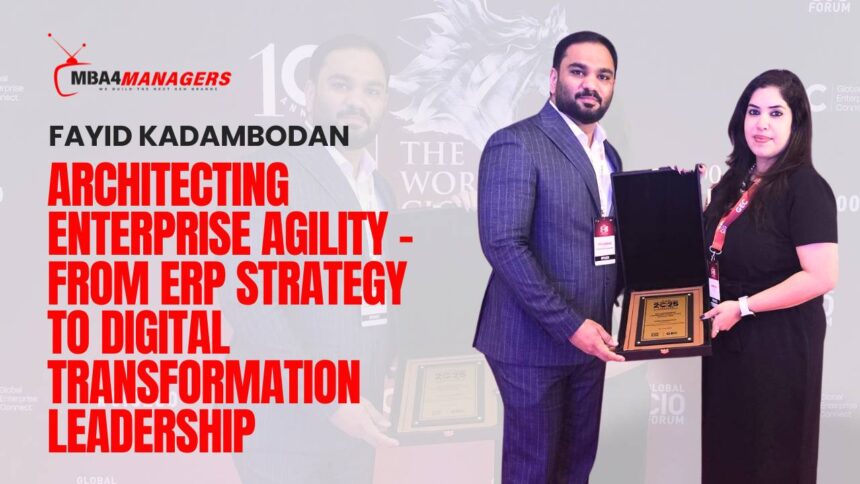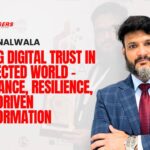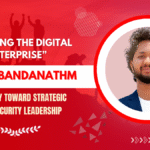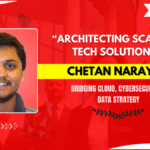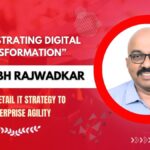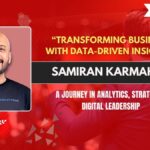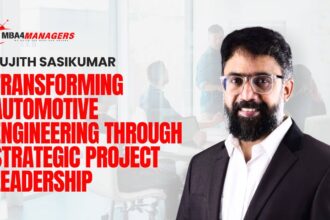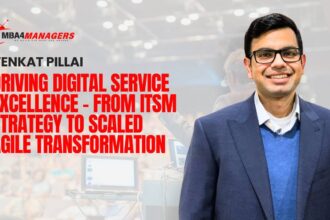Introduction: A Vision for Enterprise-Centered Innovation
In today’s data-driven economy, organizations are looking for more than just digital tools — they need end-to-end agility, customer-centric platforms, and adaptive technologies that drive real value. With a career spanning over a decade in enterprise solutions and transformation programs, I’ve learned that true digital leadership lies in orchestrating strategy, systems, and people — all at once.
Early Foundations: Navigating Complexity Through Systems Thinking
My journey began with a hands-on approach to business systems. As a functional consultant working on Microsoft Dynamics AX, CRM, and later D365 projects, I immersed myself in understanding how enterprise systems support — and often challenge — business performance. Whether implementing financial modules across global logistics firms or configuring trade and distribution platforms for multi-entity corporations, I learned early that success requires both technical precision and business empathy.
These experiences shaped my perspective: a system is only as strong as its alignment with the organization’s goals and the clarity of its users’ needs.
Strategic Evolution: From Functional Consultant to Transformation Leader
The turning point came when I transitioned from implementation to ownership — from delivering modules to driving enterprise strategy. At organizations like AQAAR and now at Dubai Integrated Economic Zones Authority, I’ve taken on a leadership role in designing digital strategies, overseeing enterprise architecture, and aligning IT initiatives with strategic KPIs.
I’ve led end-to-end ERP and CRM modernization, built resilient architecture frameworks, and ensured solution design reflects security, scalability, and business continuity. My role goes beyond managing systems — it’s about enabling business performance through technology.
One of my key principles has been lifecycle accountability — ensuring solutions are designed, deployed, maintained, and continually improved with full visibility and governance.
Driving Transformation: Enabling Enterprise-Wide Excellence
As Assistant IT Director, I lead cross-functional digital programs — from evaluating applications and overseeing integration roadmaps to managing budgets, risks, and stakeholder alignment. I believe that digital transformation is not a project; it’s an ongoing capability — rooted in strong architecture, clear metrics, and adaptive delivery models.
I’ve worked closely with integration teams to ensure seamless interoperability across systems. I’ve driven performance through KPI-based service tracking. And I’ve embedded agility into the DNA of our development and delivery functions.
Leadership, for me, is also about empowering others: mentoring analysts, collaborating with solution architects, and promoting a culture of accountability and innovation.
Looking Ahead: The Role of the Enterprise Technologist
The future of enterprise IT is hybrid, intelligent, and customer-first. Leaders must move beyond backend operations and step into the boardroom — translating digital complexity into business clarity. As AI, automation, and predictive systems reshape operations, I believe enterprise architects and IT leaders must act as strategic advisors — enabling growth while managing risk.
With deep experience in Microsoft platforms, ERP governance, and digital program management, I remain committed to helping organizations evolve their IT backbone into a business engine.
Conclusion: Building for Performance, Designing for the Future
My journey from systems analyst to Assistant IT Director has reaffirmed one truth: technology is only transformational when it aligns with purpose, process, and people. The future belongs to leaders who not only understand platforms — but who can turn platforms into performance.
To every aspiring IT strategist: design with purpose, lead with clarity, and always build for impact.


